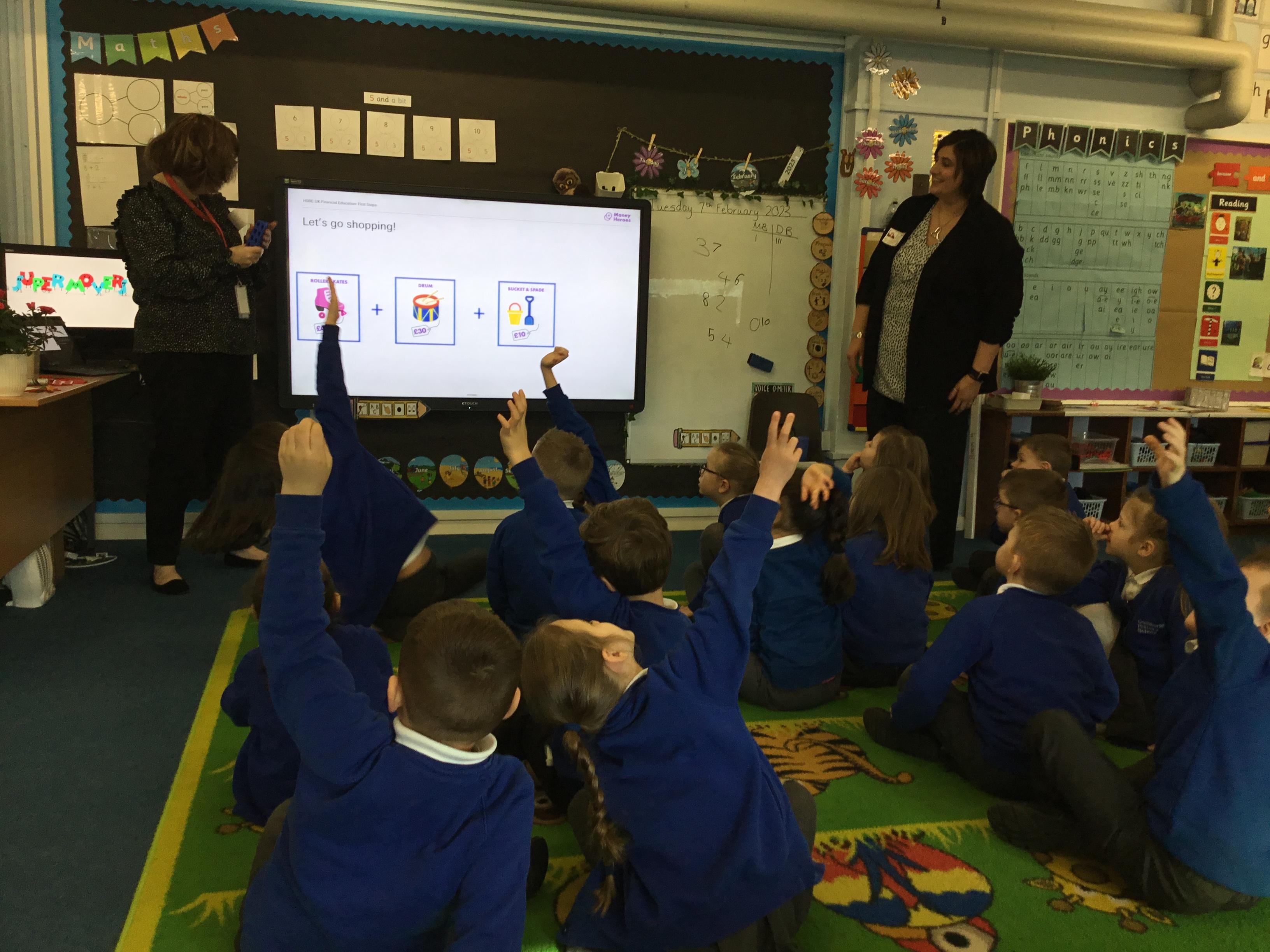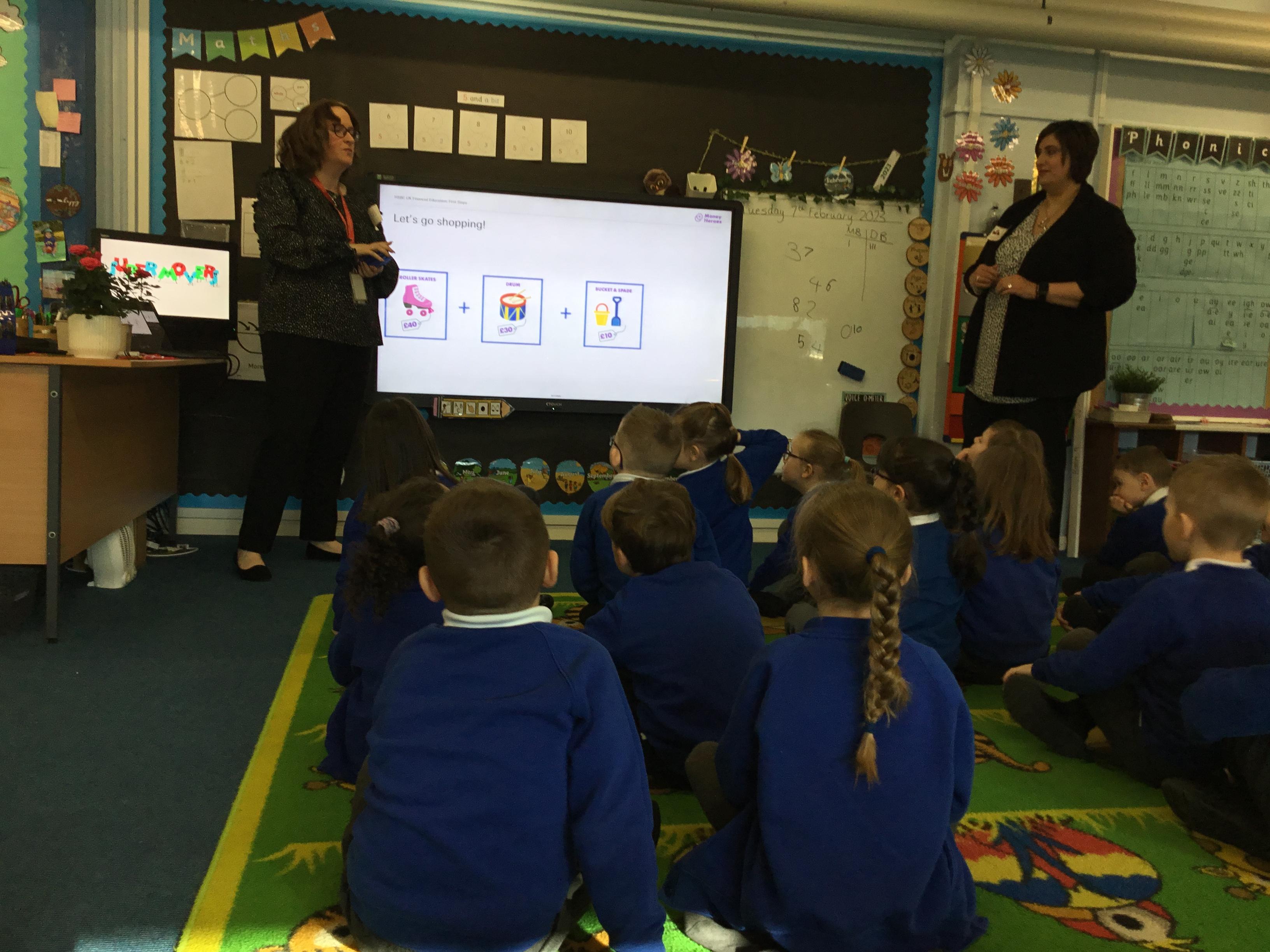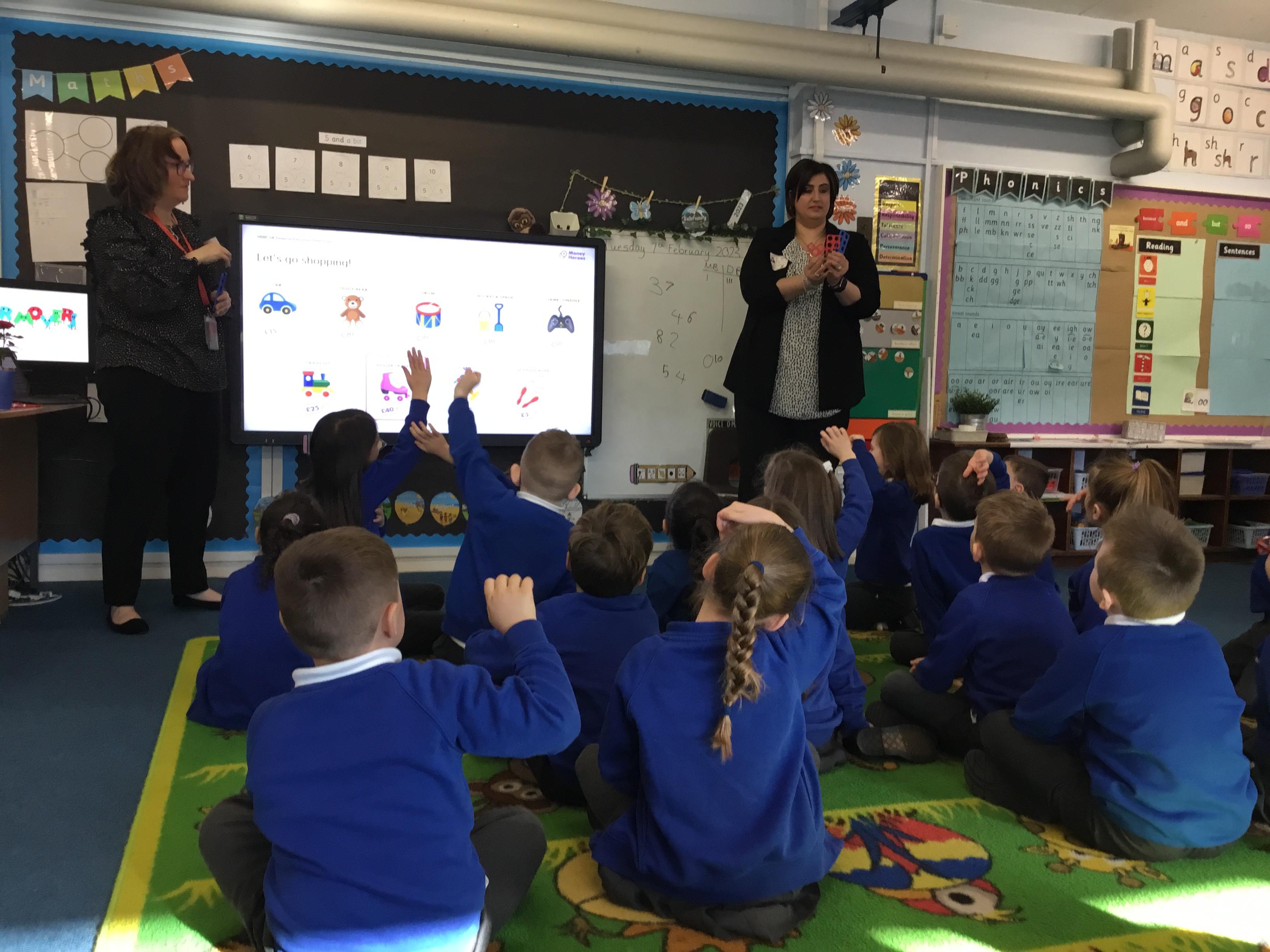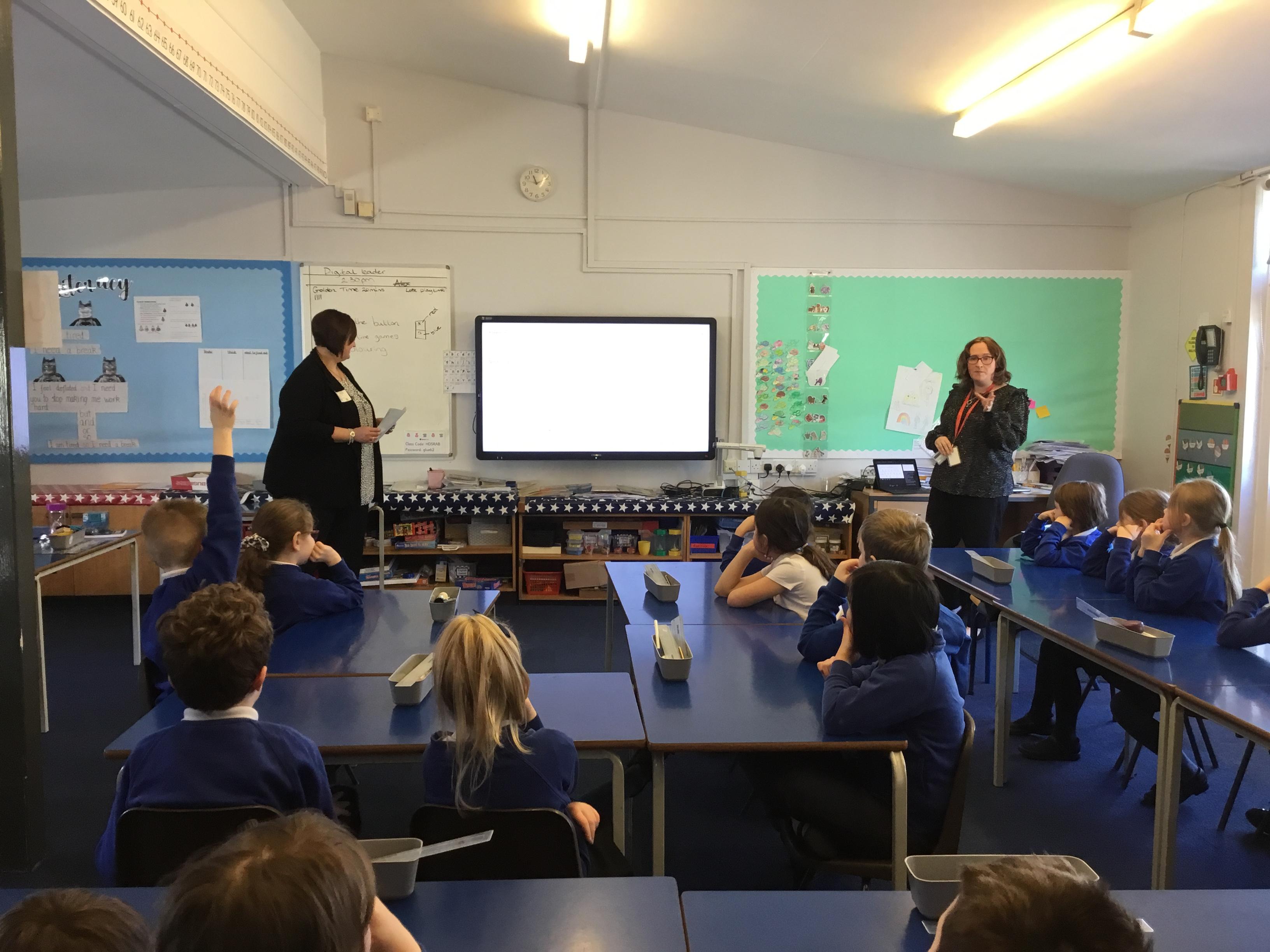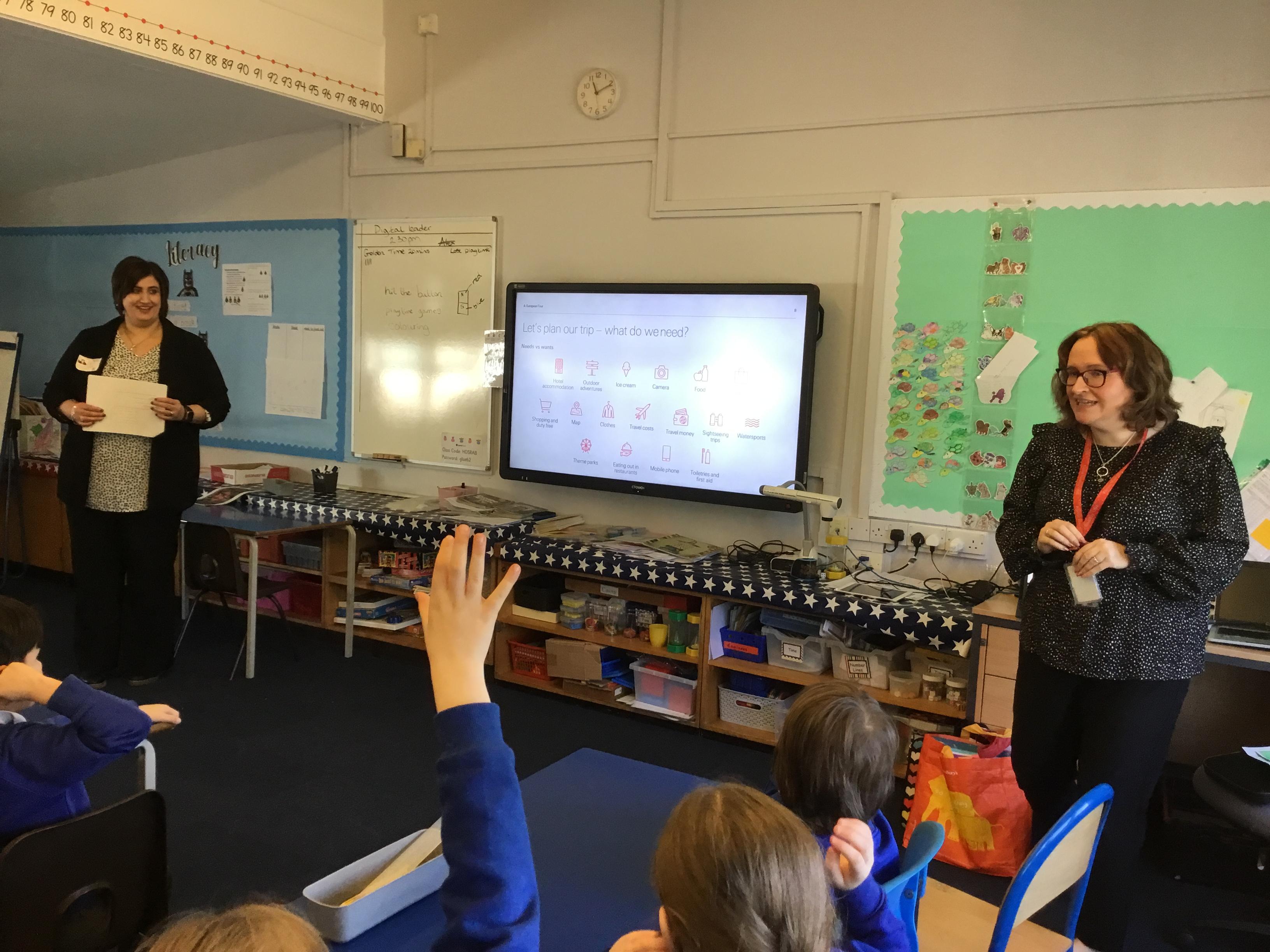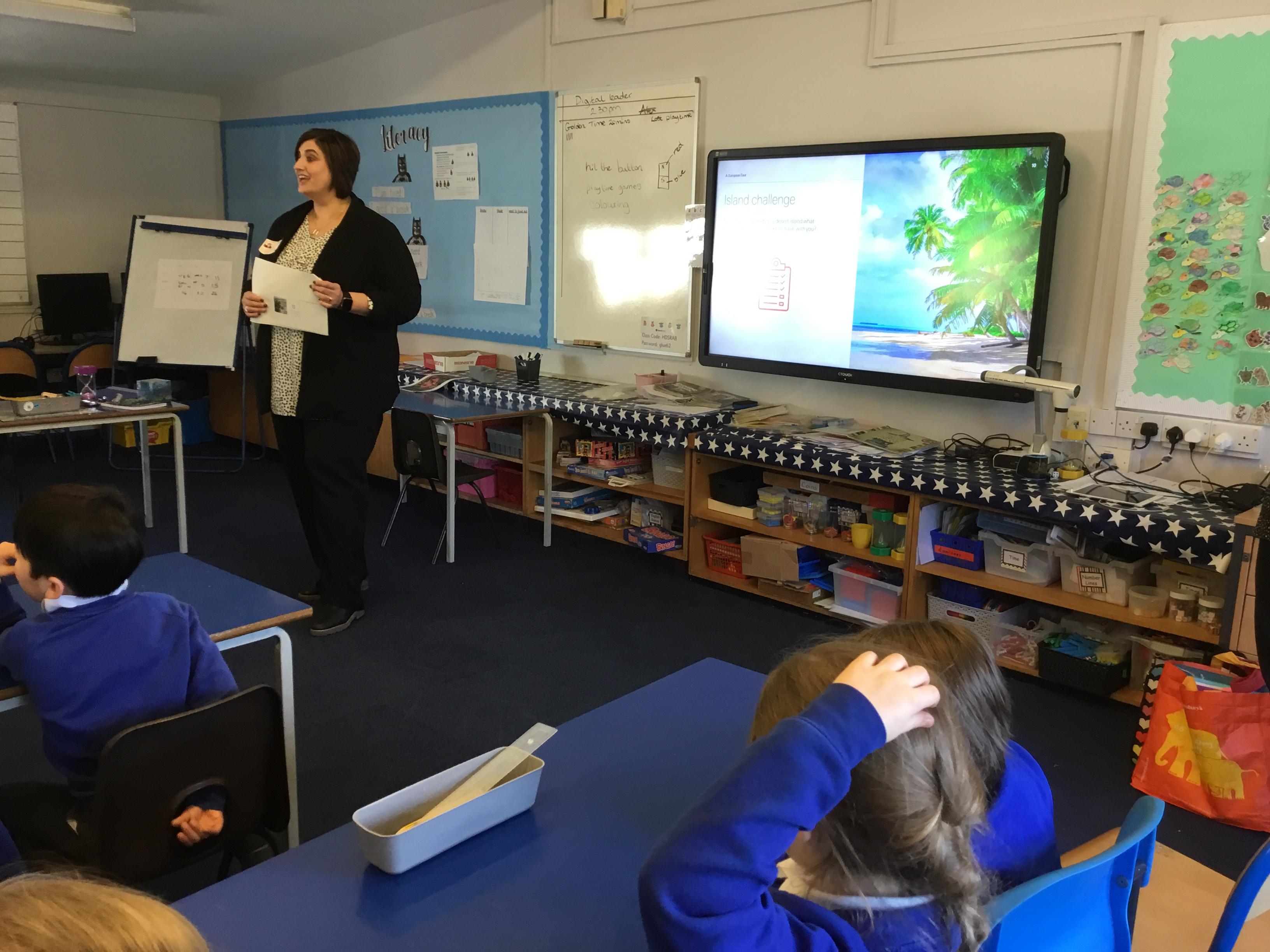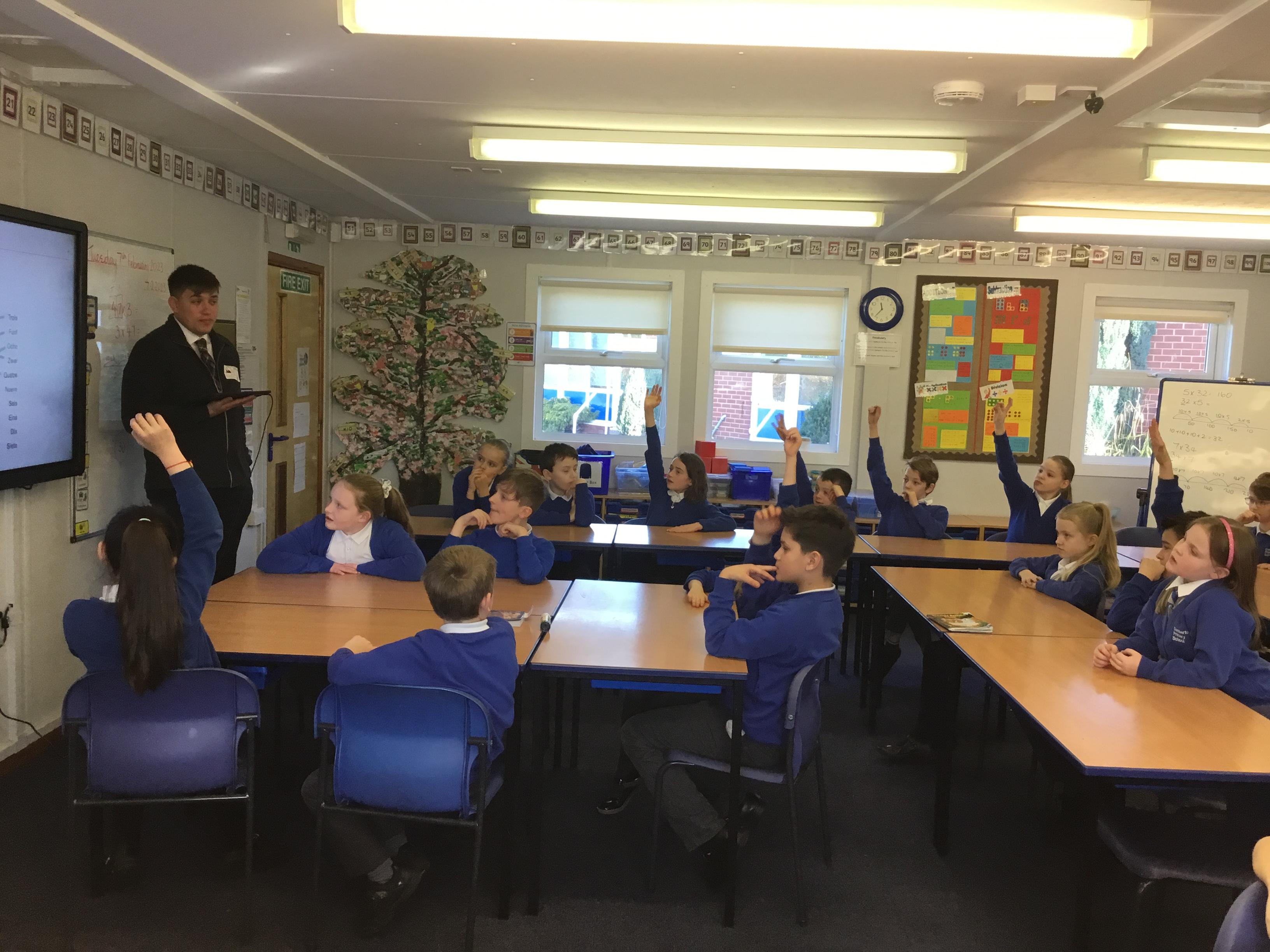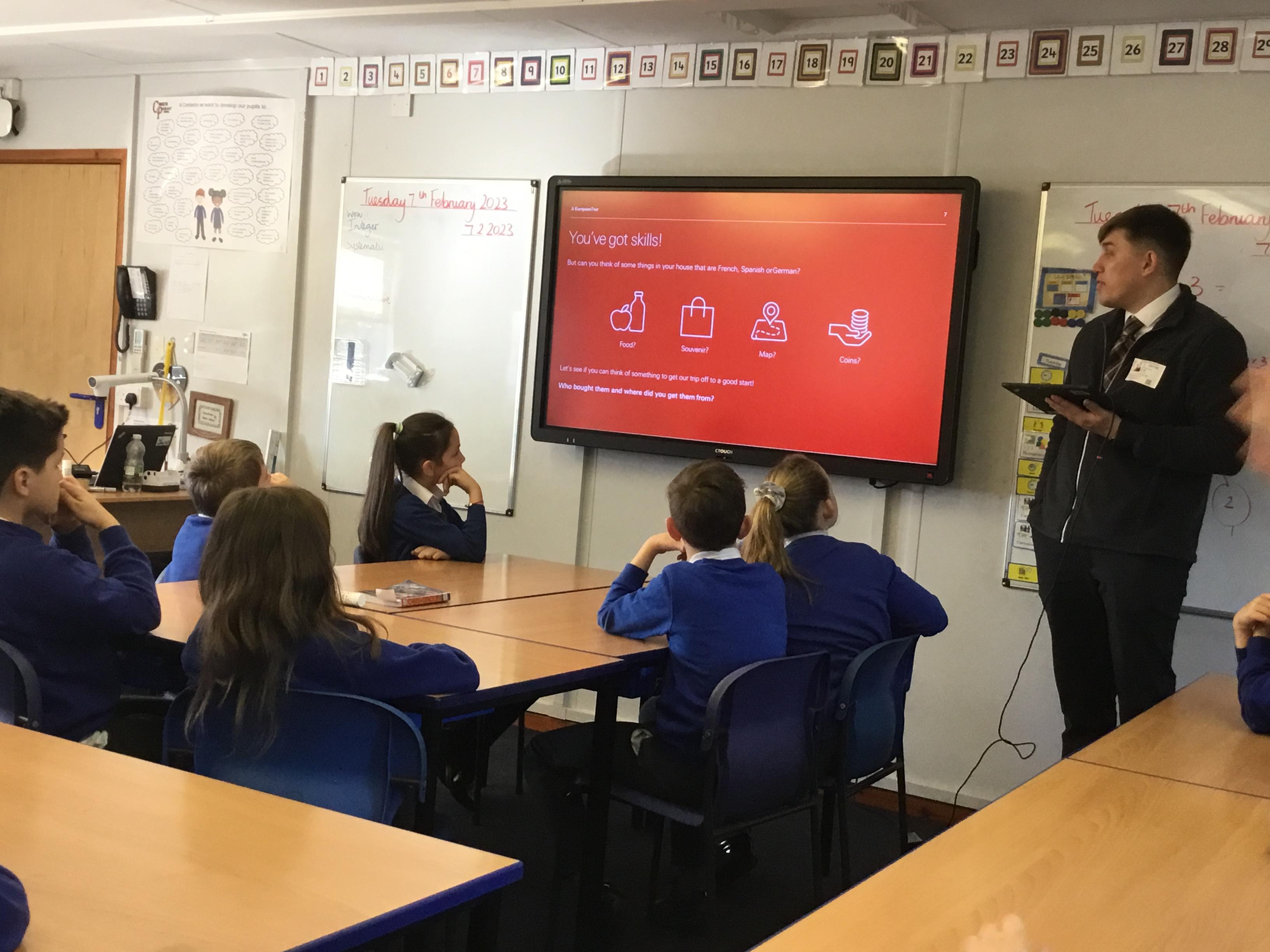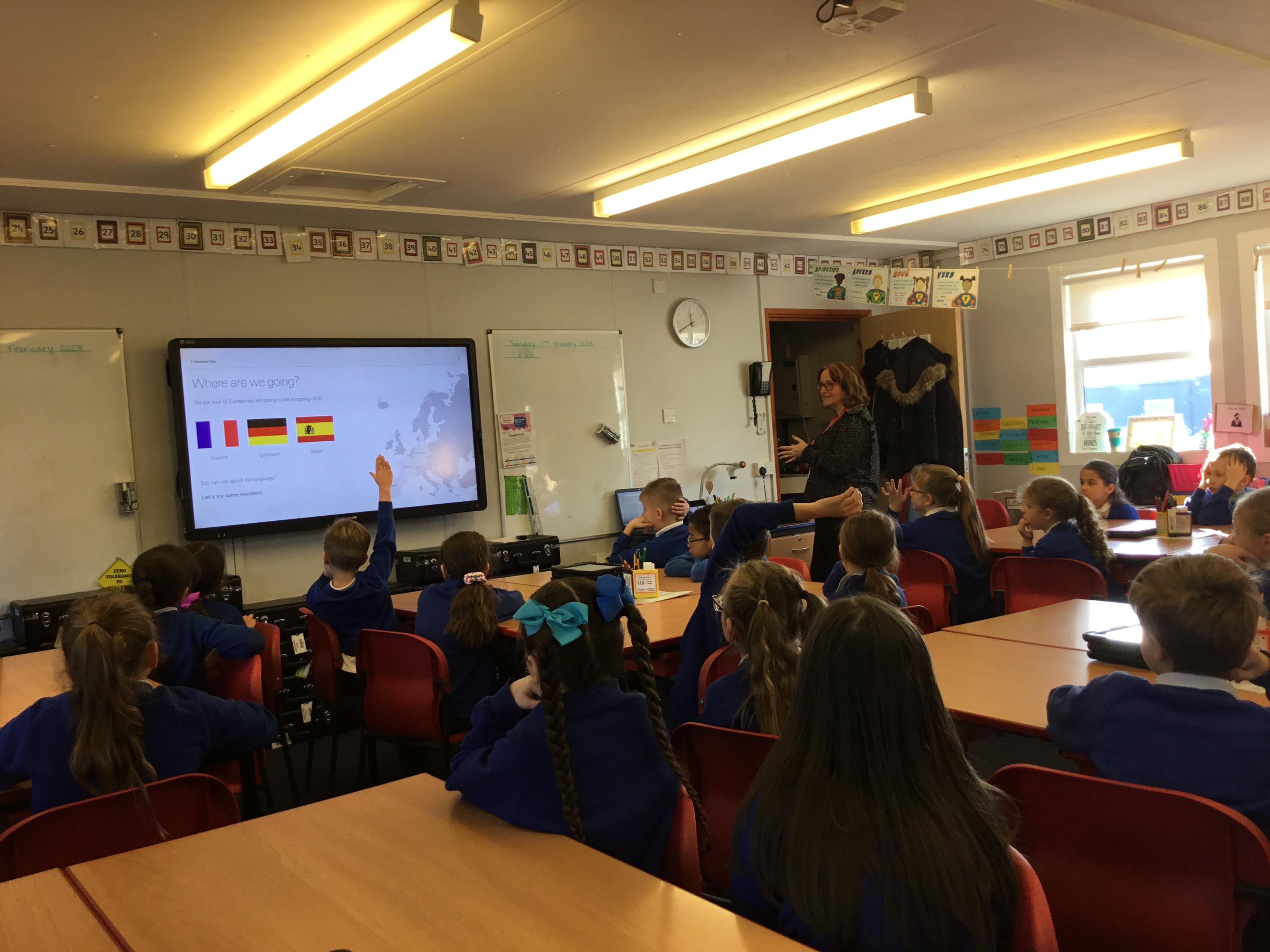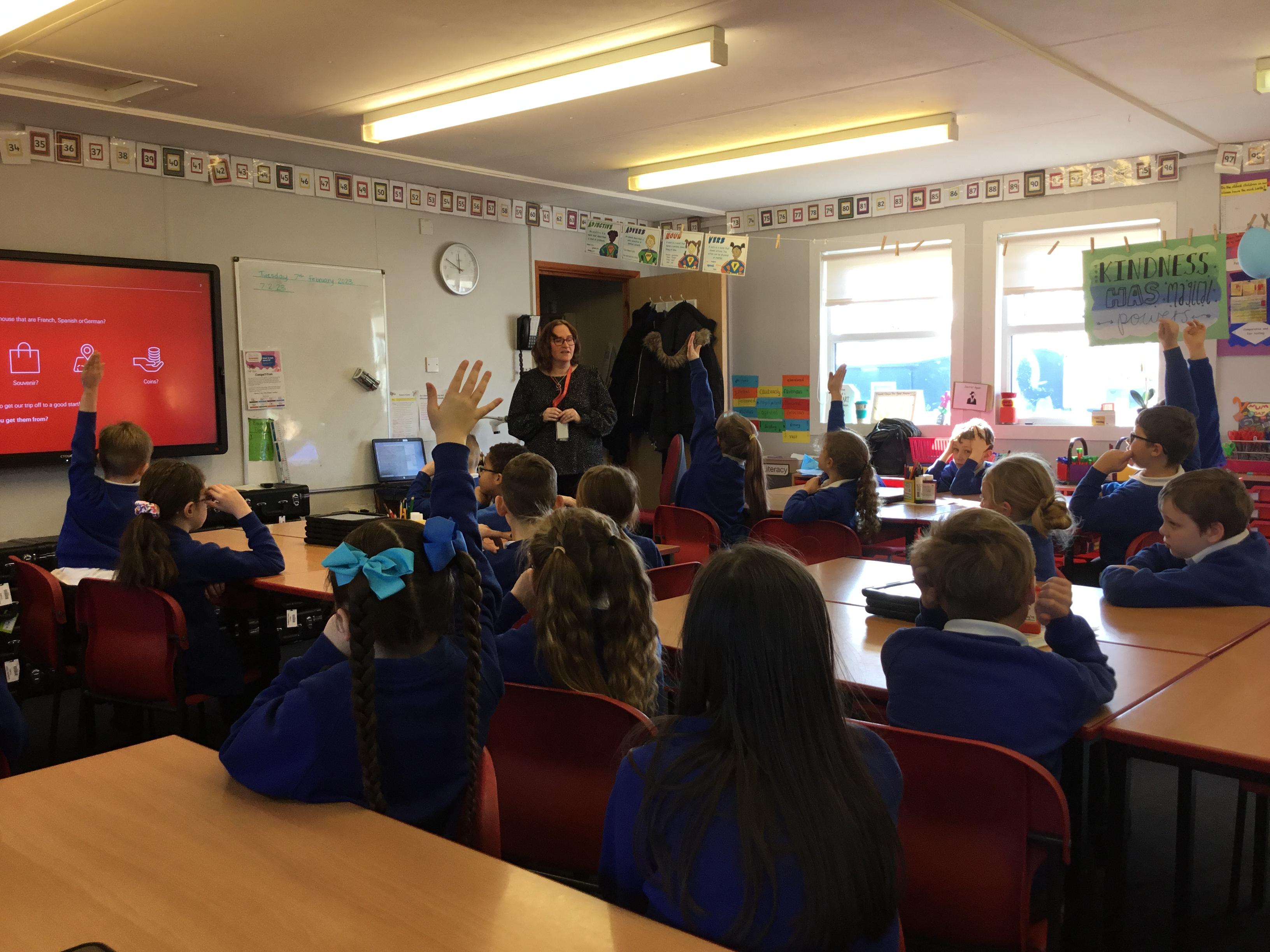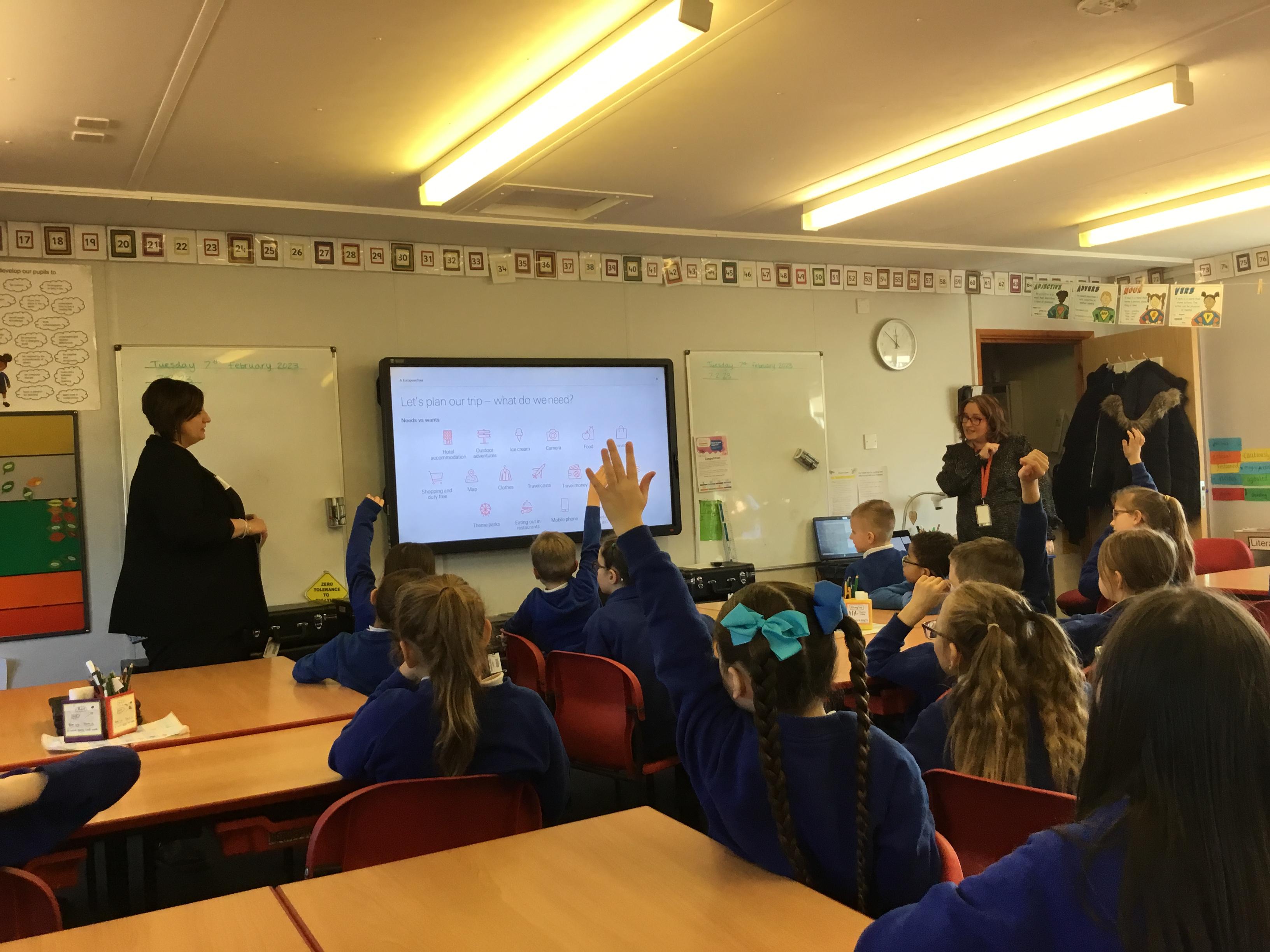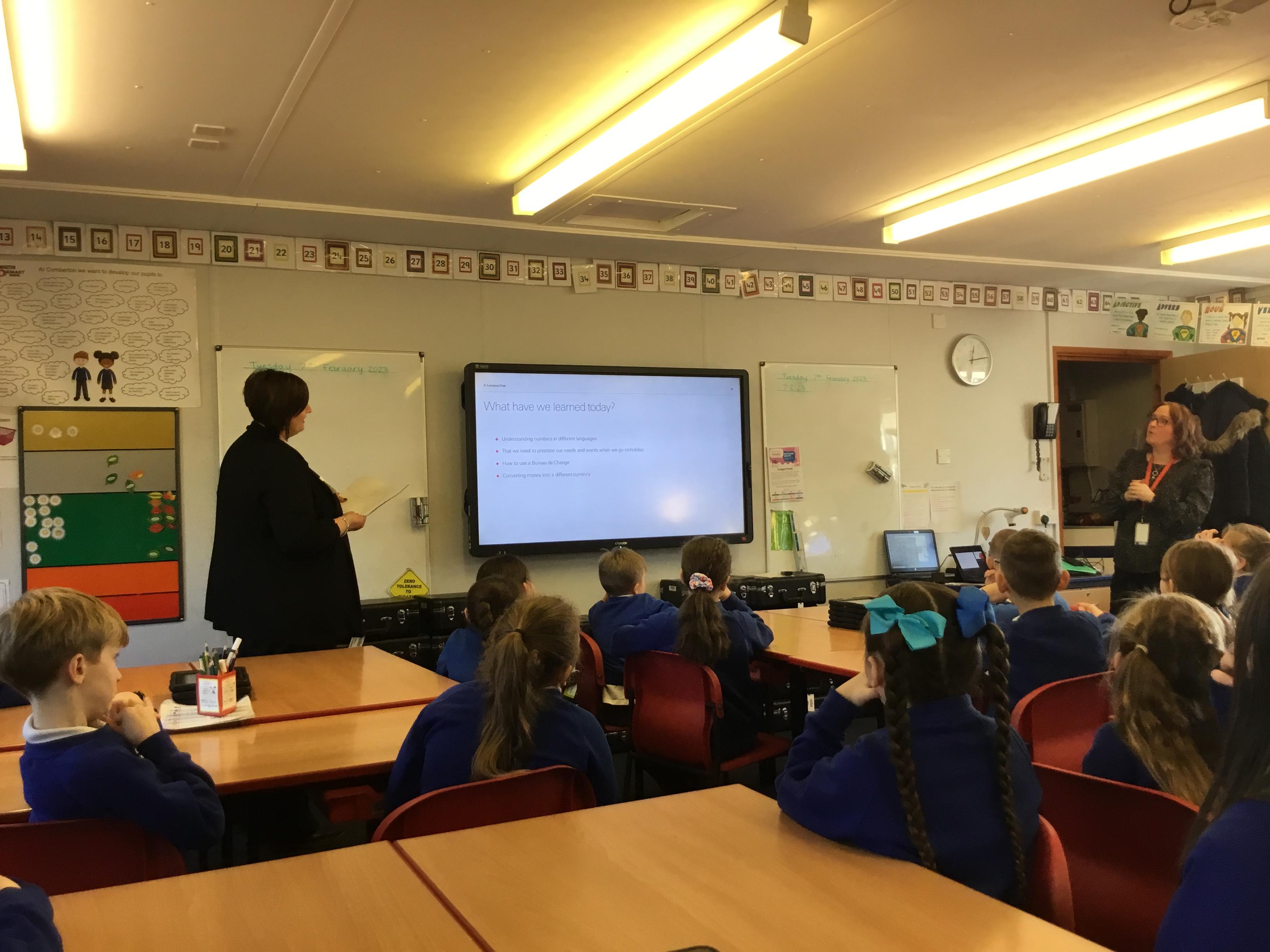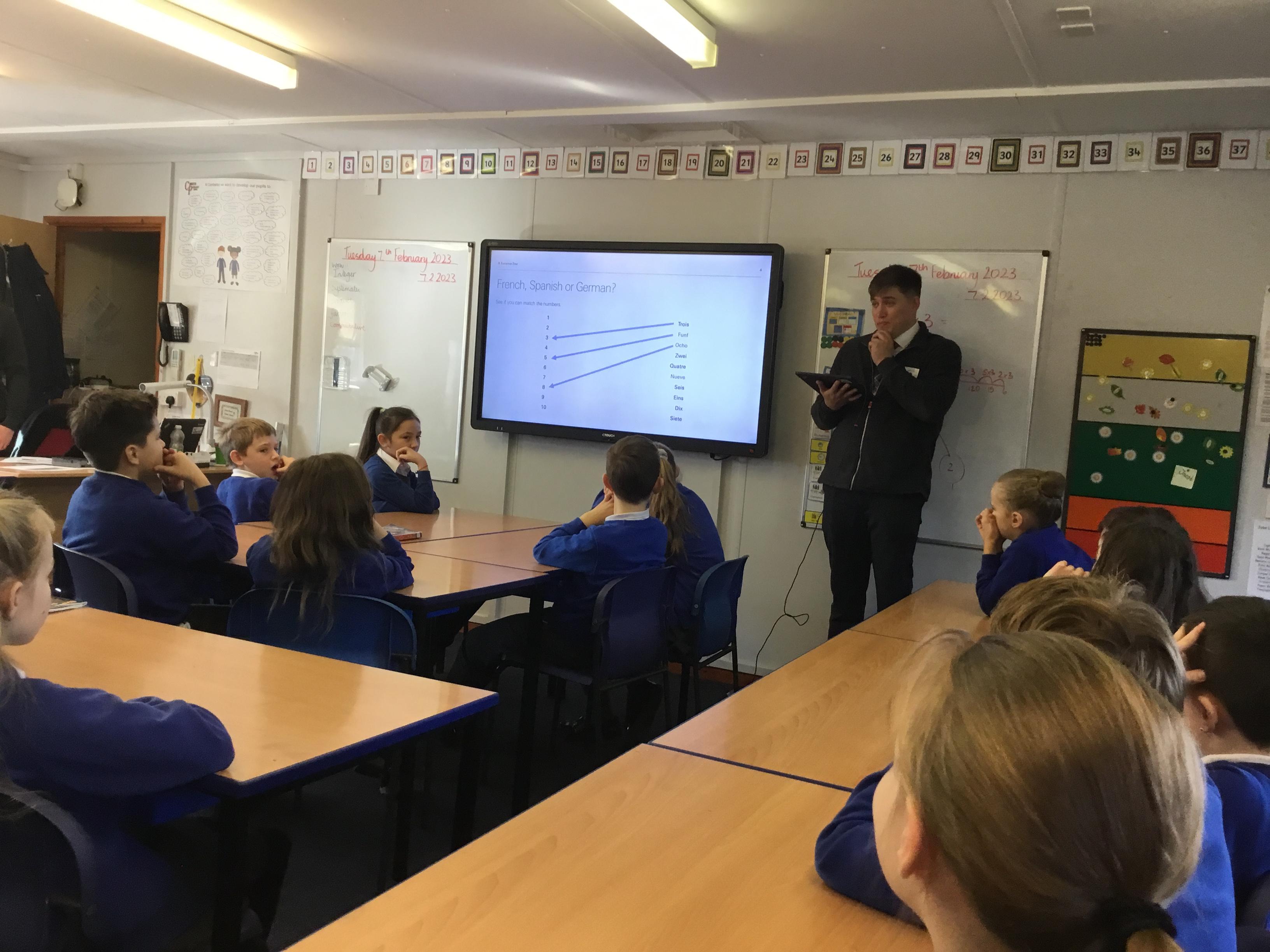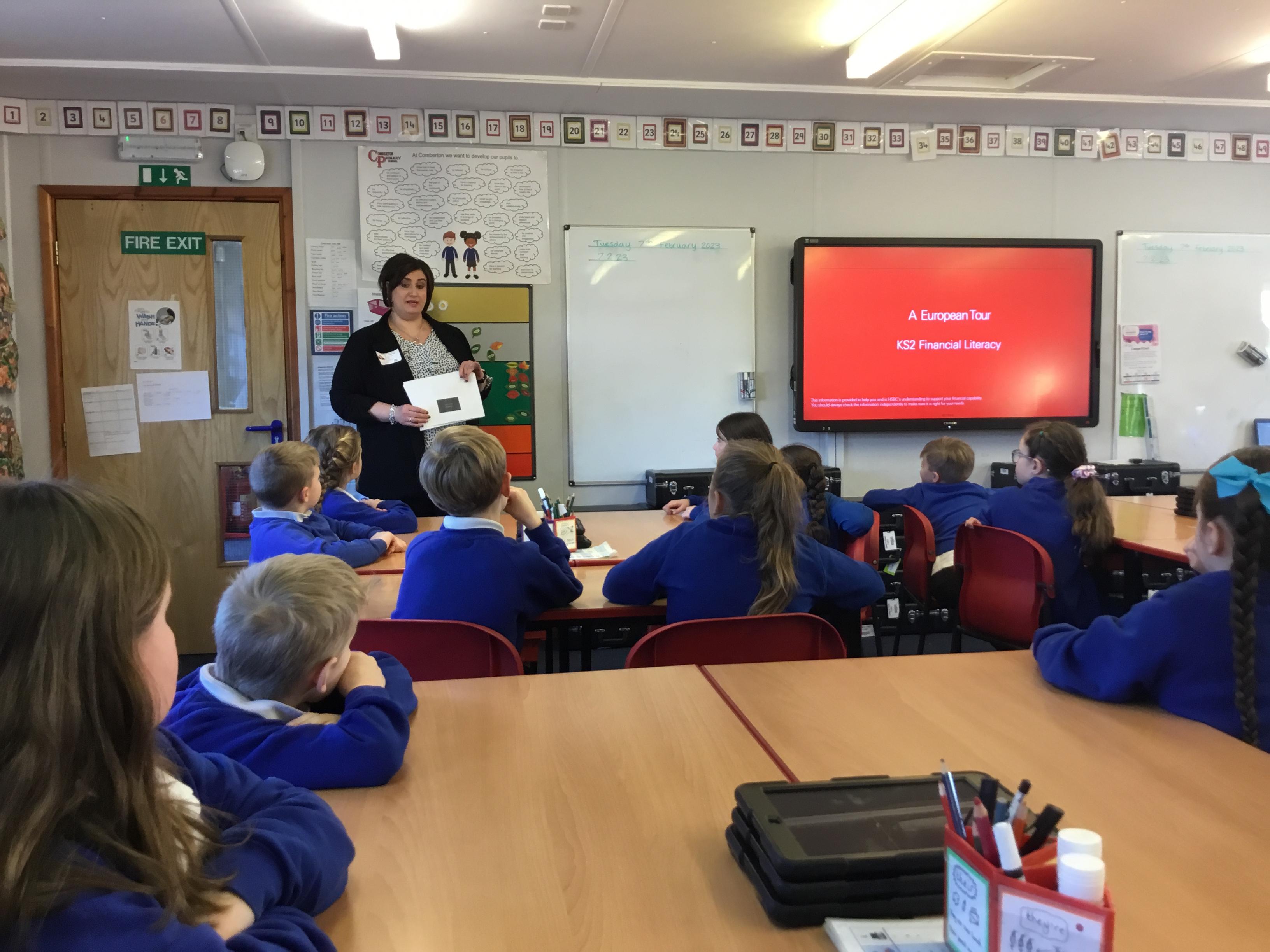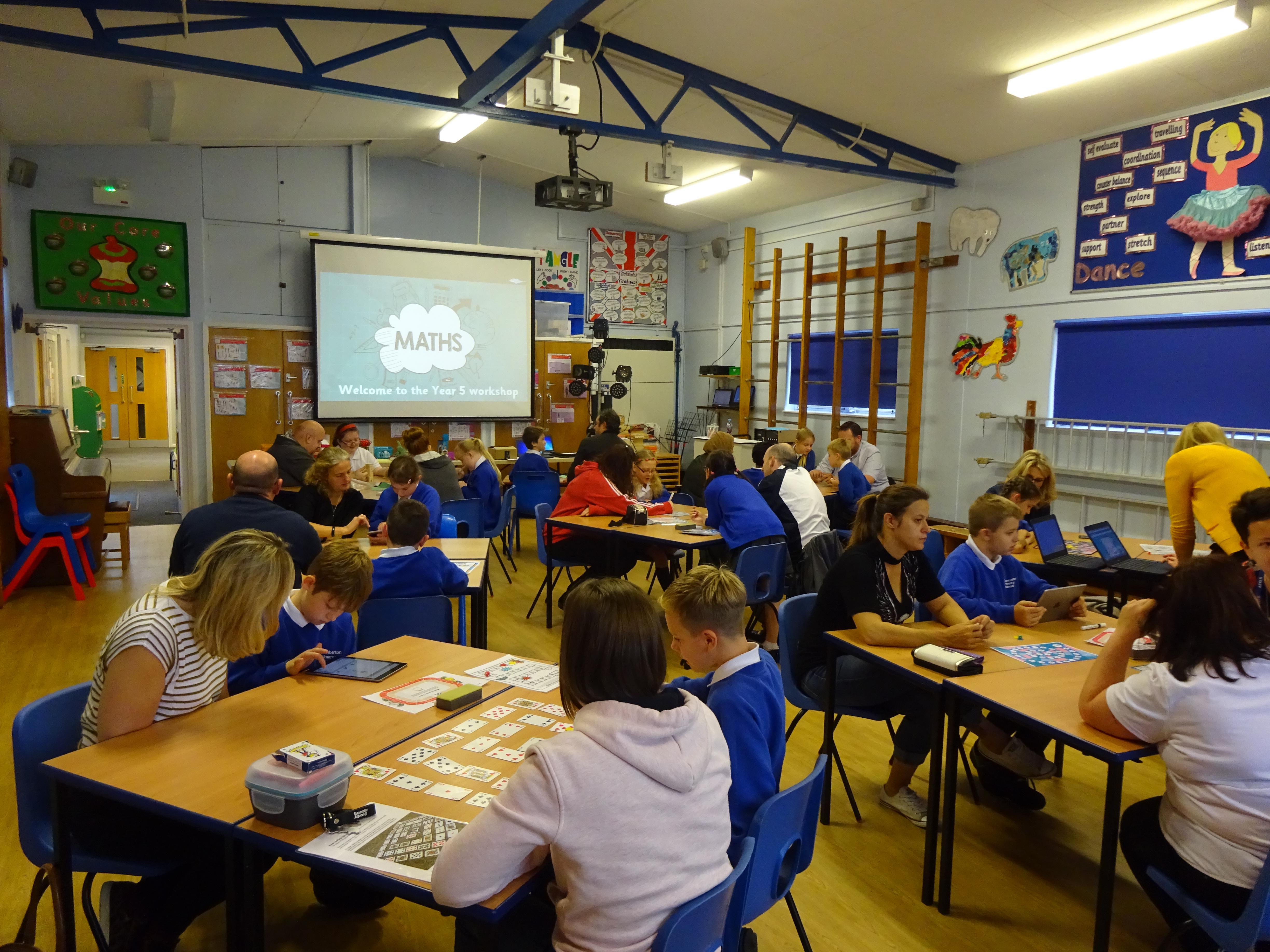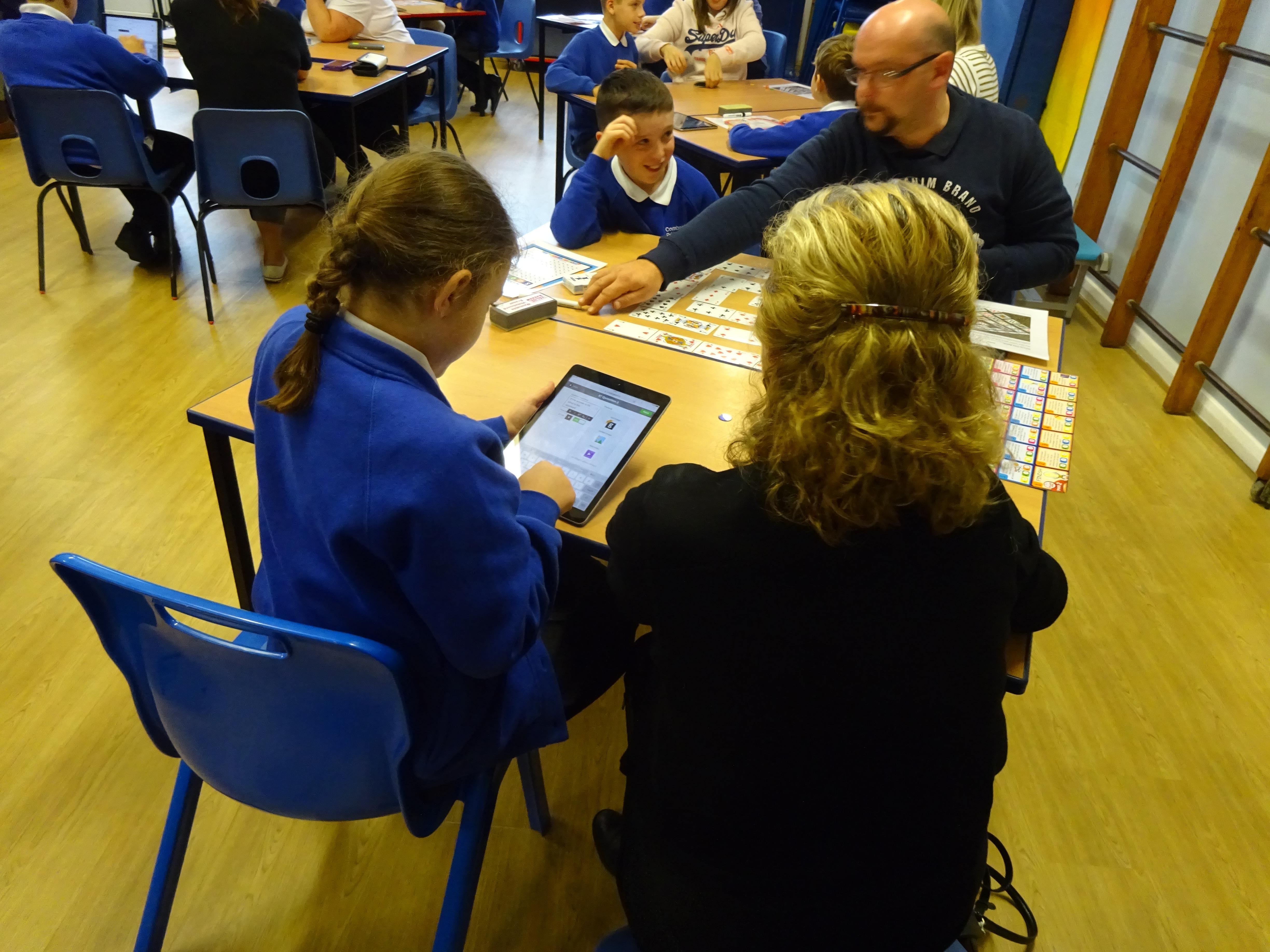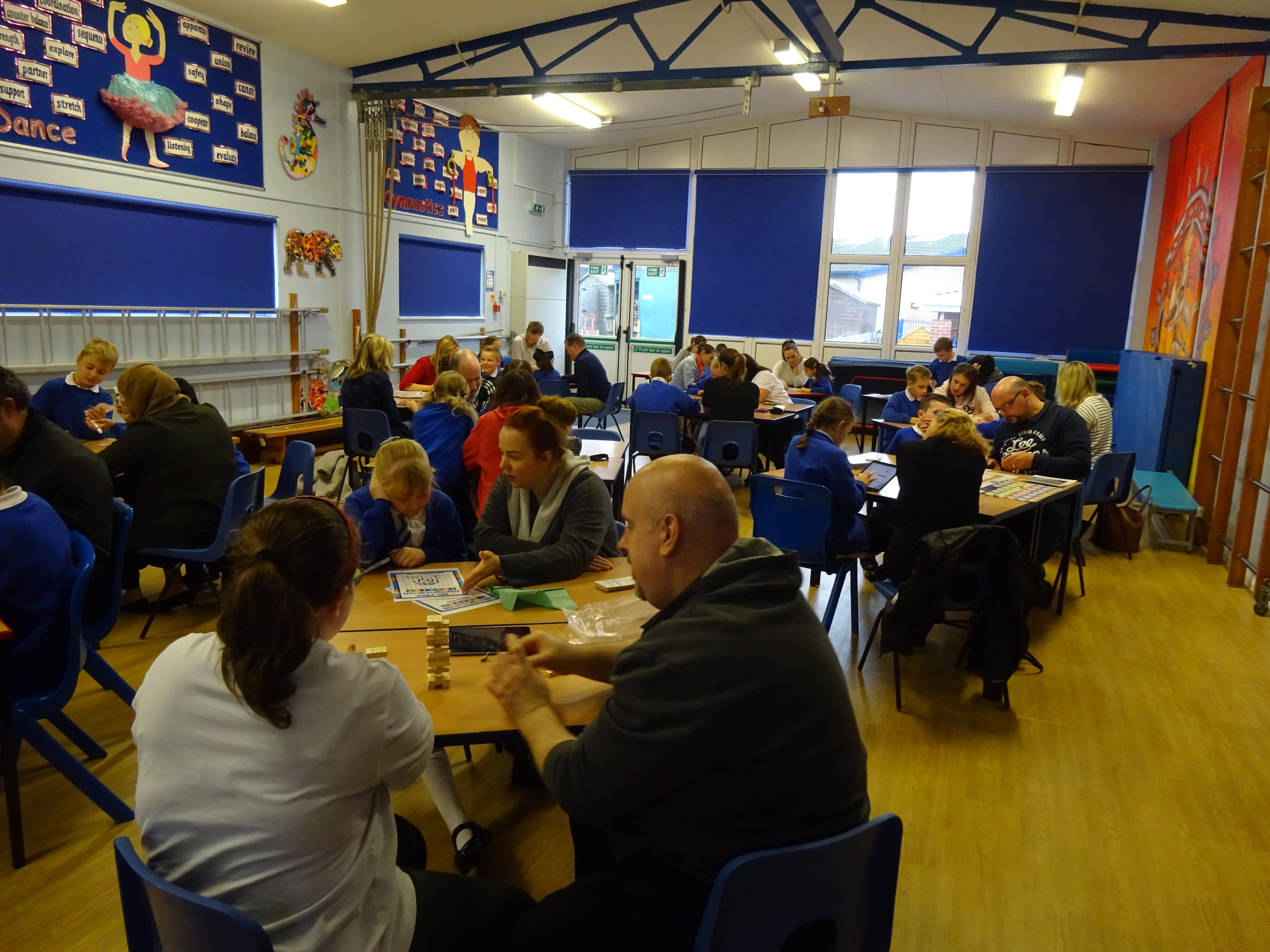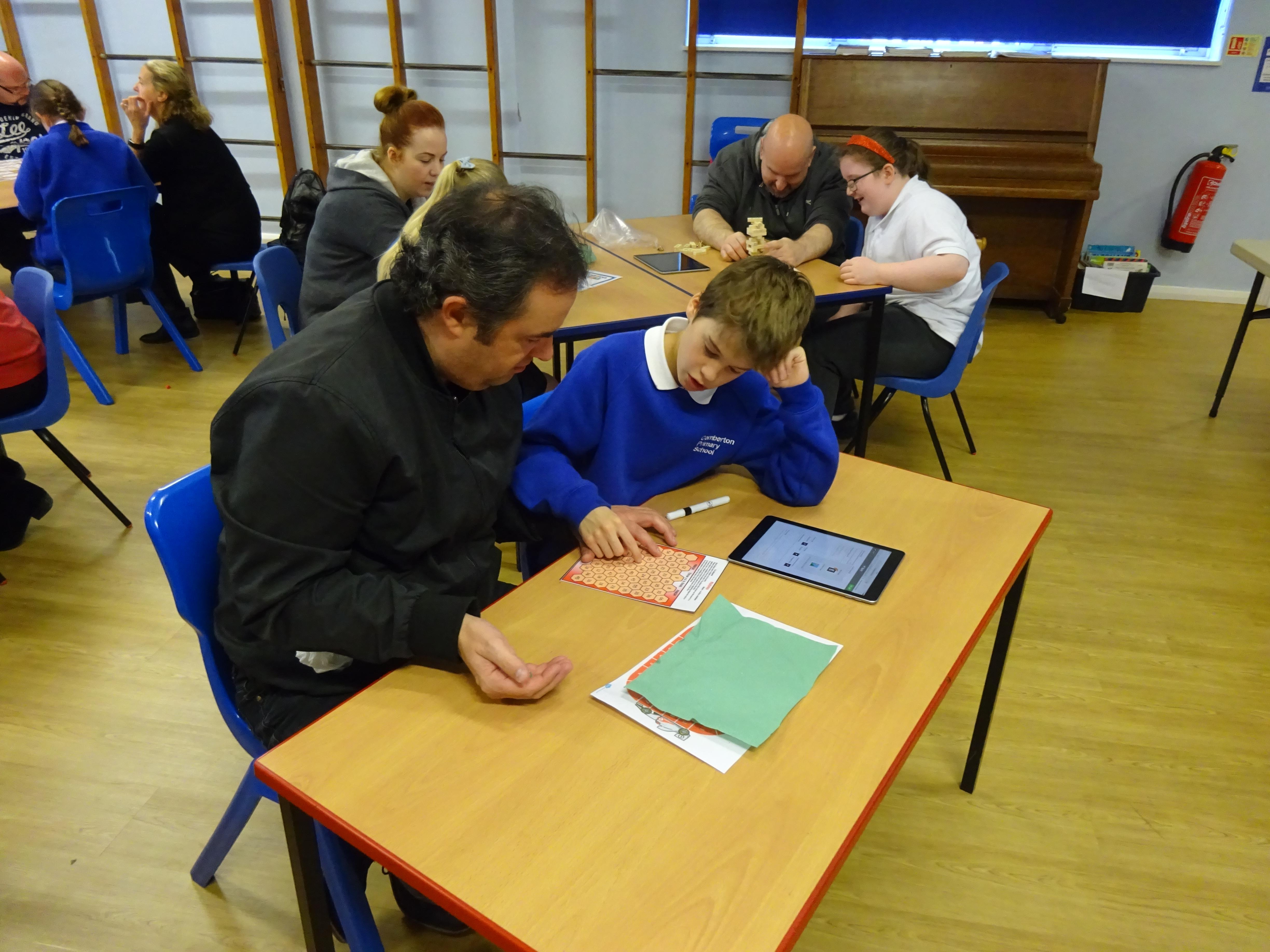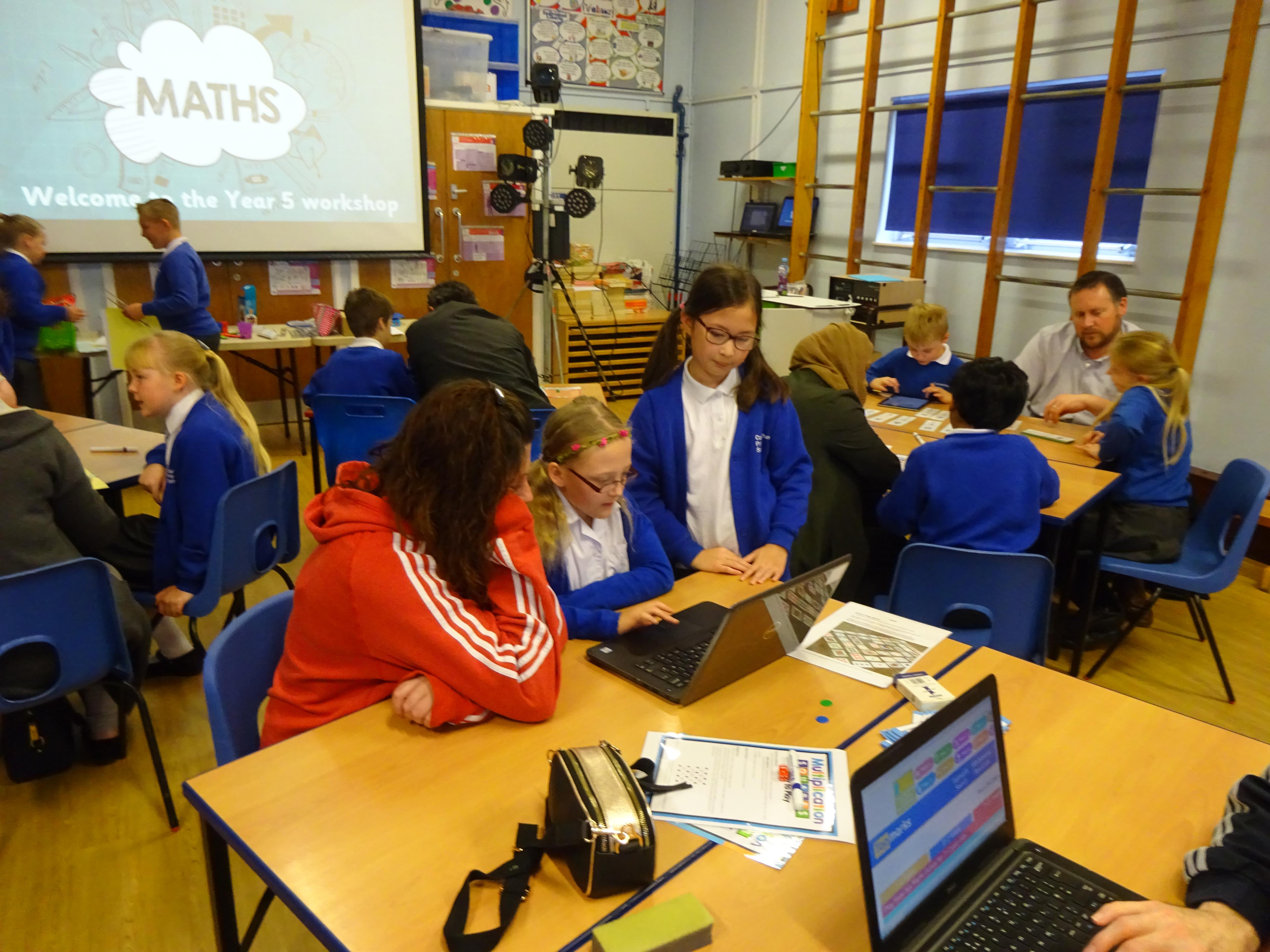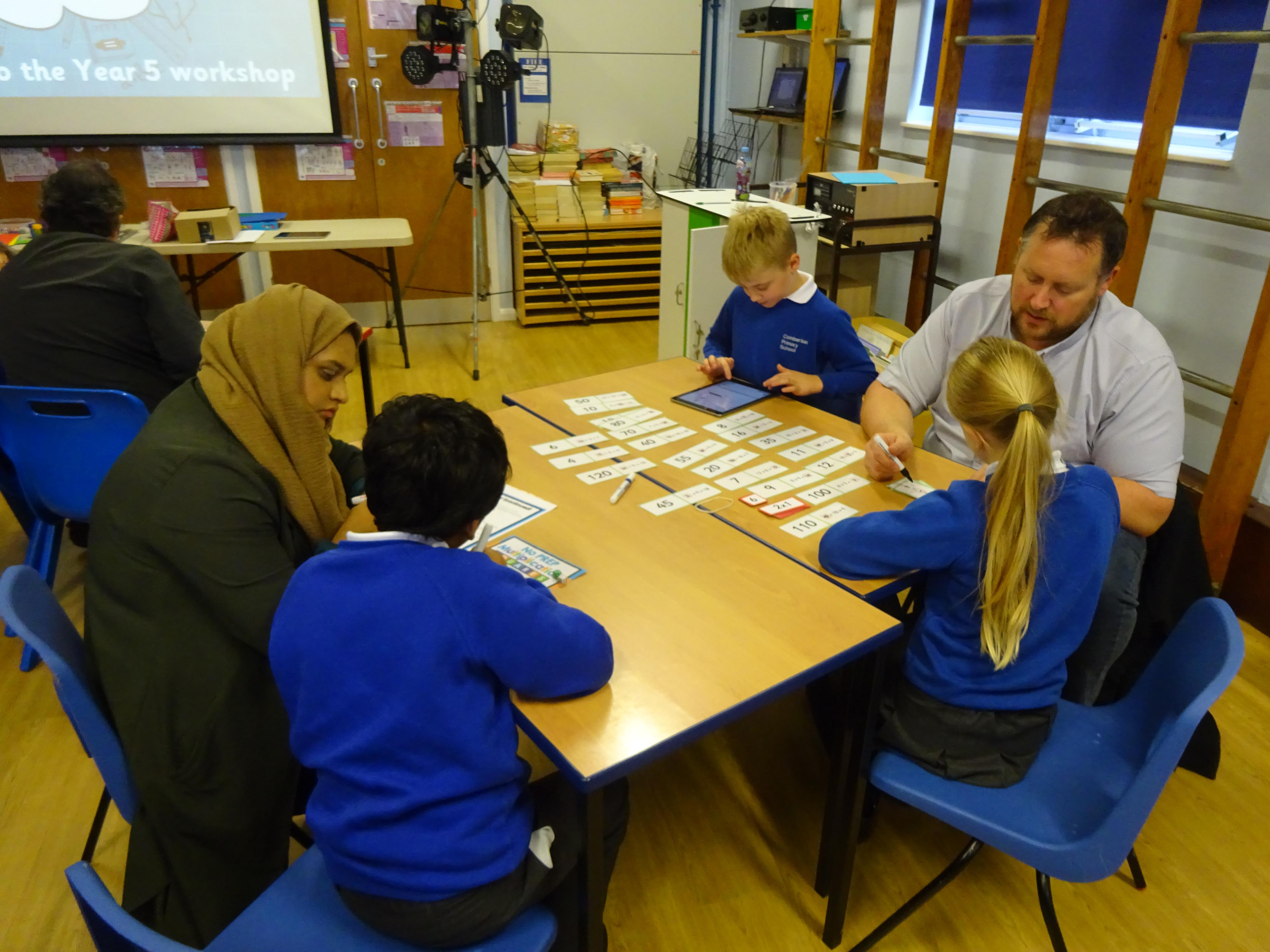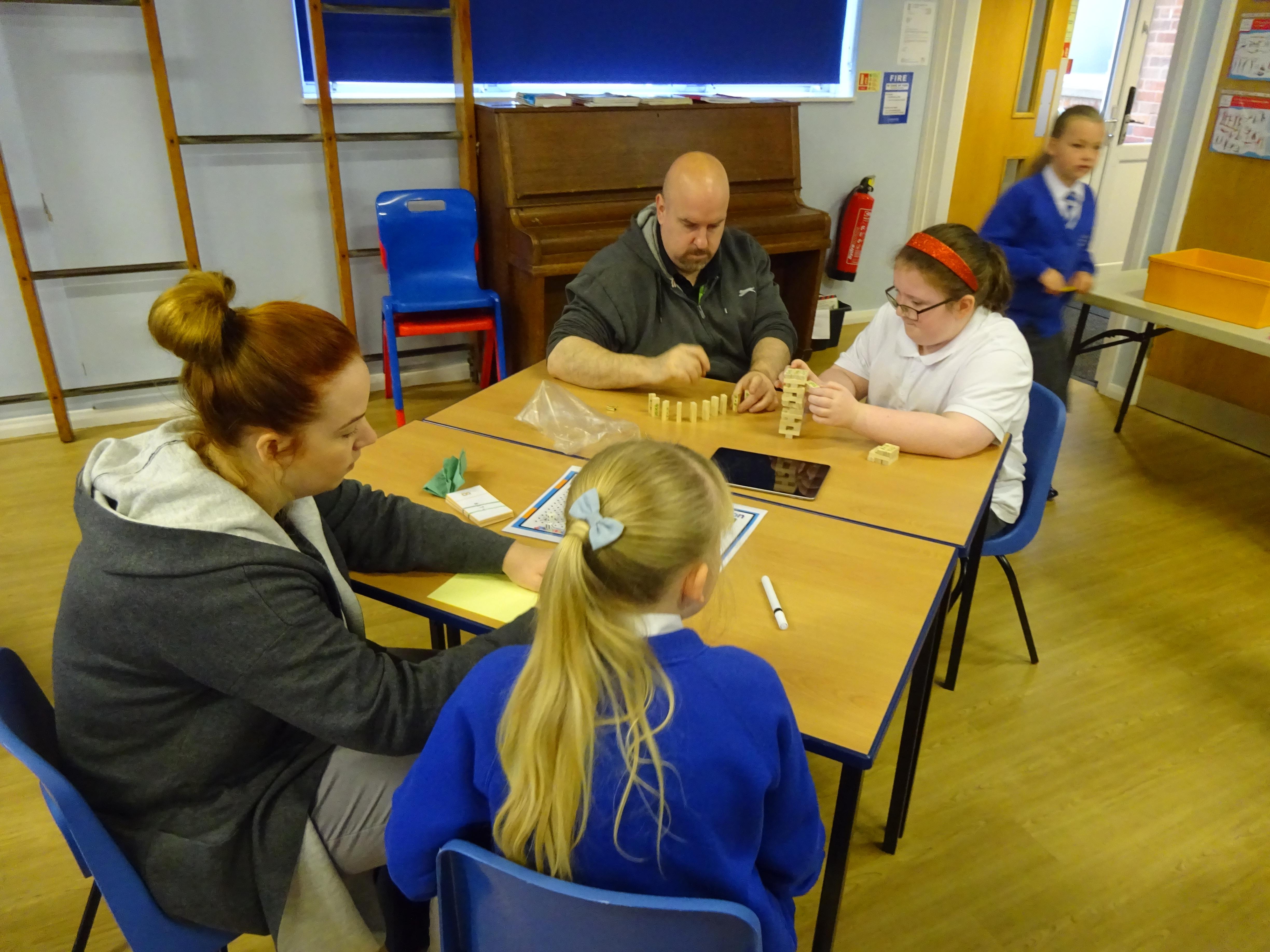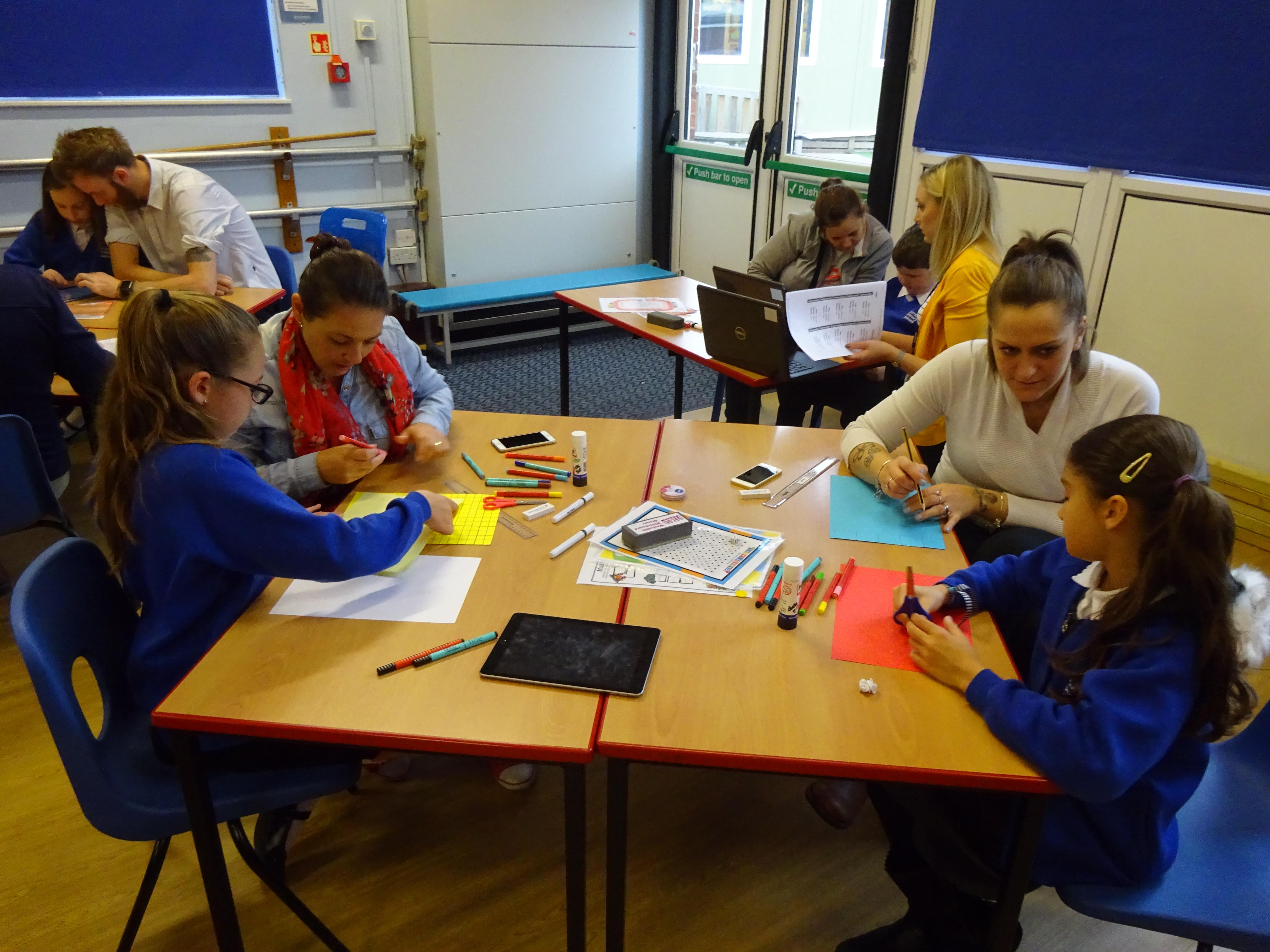Maths
Our vision
At Comberton Primary School, we aim to build happy, confident and resilient mathematicians, with every child believing that by working hard at maths, they can succeed. We recognise that maths is both a key skill within school, and a life skill to be utilised through everyday experiences.
How we teach maths
- In September 2023, we began working with GLOW Maths Hub to develop a mastery approach to the teaching and learning of mathematics. This approach means that children acquire a long-term, secure and adaptable understanding of the subject which enables all to achieve and succeed. In September 2024, Comberton entered their 'Embedding Year' with GLOW Maths Hub and are looking forward to incorporating more elements of mastery within the maths curriculum.
-

- We use White Rose Maths Schemes of Learning, supplemented with guidance from the NCETM spine materials, as a framework for our progressive and ambitious maths curriculum. Teachers design lessons so that there is a carefully sequenced journey through the concept being taught, using small, manageable steps. Children are taught to become fluent in the fundamentals of mathematics; reason mathematically using mathematical language and apply their knowledge and understanding to problem solving tasks.
- Children are taught through whole-class interactive teaching, where the focus is on all children working together on the same lesson content whilst at the same time challenging and supporting children to gain depth of understanding and proficiency. This ensures that children can master concepts before moving to the next step, maximising the opportunities for all to make good progress. Children who are finding it difficult to grasp concepts access further adult coaching to ensure that all children are maintaining progress.
- In a typical lesson the teacher leads back and forth interaction with the children, including questioning, demonstration, explanation, short tasks, discussion and independent practice. To support learning, teachers carefully select representations of mathematics including ‘concrete’ equipment pupils can hold in their hands such as base 10 and counters and ‘pictorial’ representations such as bar models and part whole models. These representations support pupils in ‘seeing’ the mathematics, rather than using the representation as a tool to ‘do’ the mathematics. These representations eventually become mental images that students can use to think about mathematics.
- Key number facts are practised until children can recall them quickly and with ease, often utilising any spare moments in a day for practice. These include times tables and related division facts as well as each year group’s half termly ‘KIRF’ (Key Instant Recall Fact). Go to the ‘How can I help my child’ section to find out more about these.

